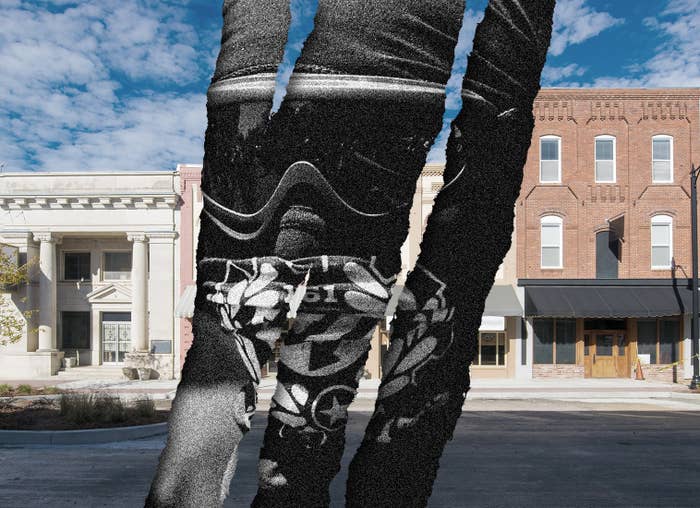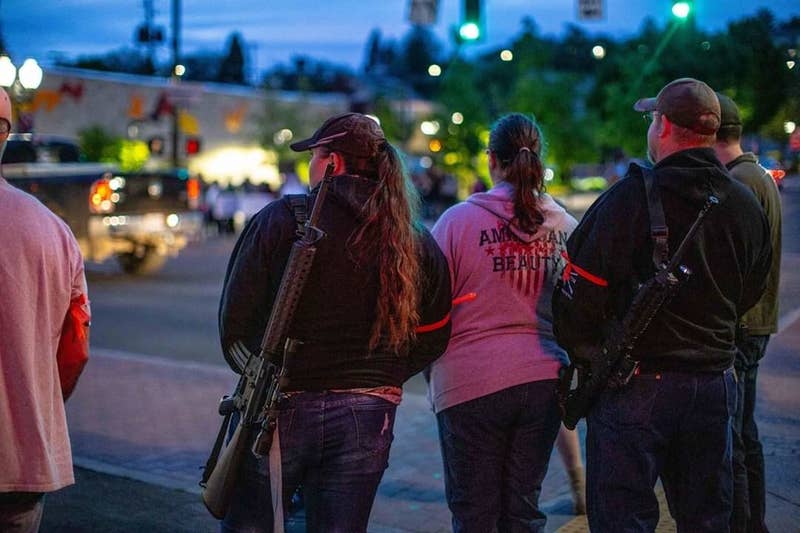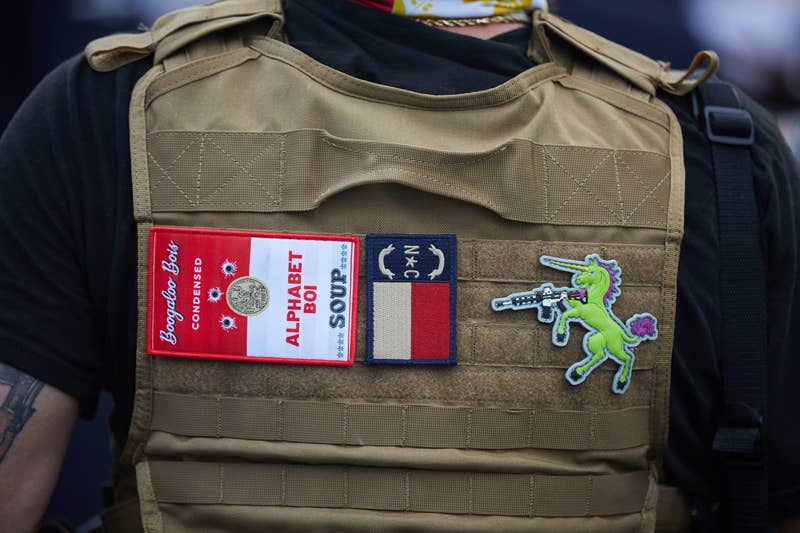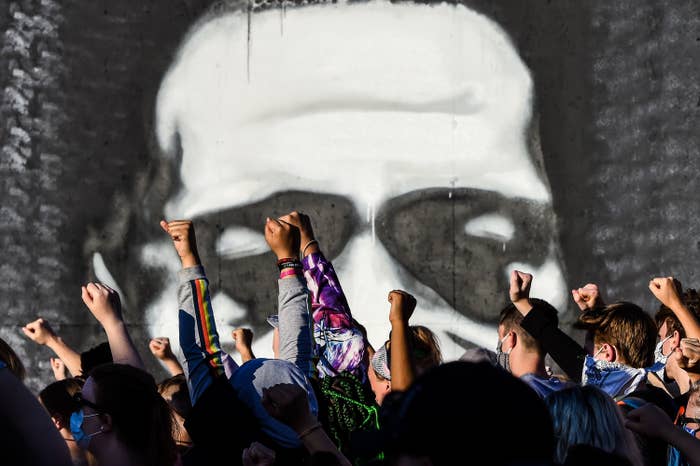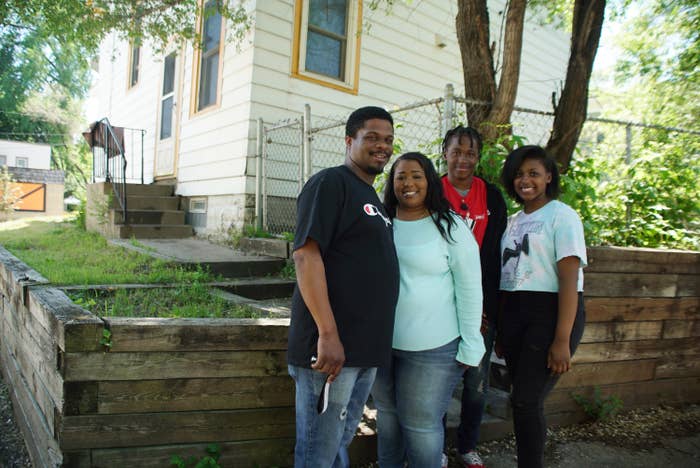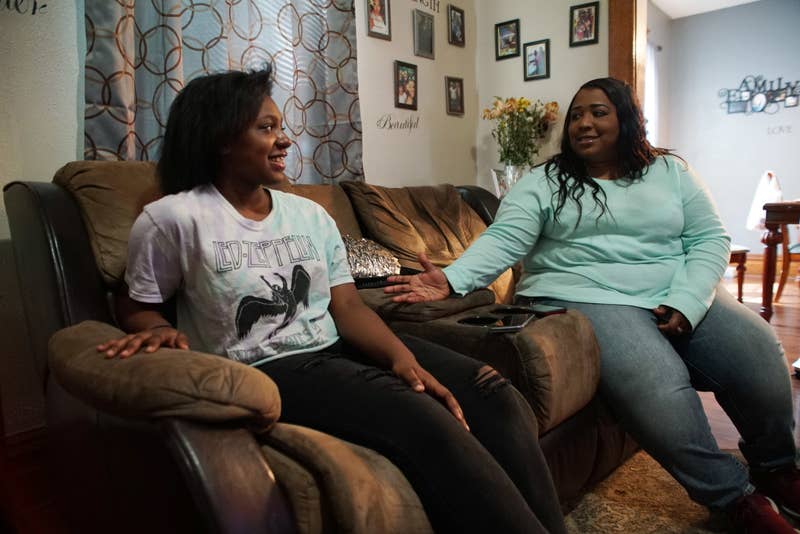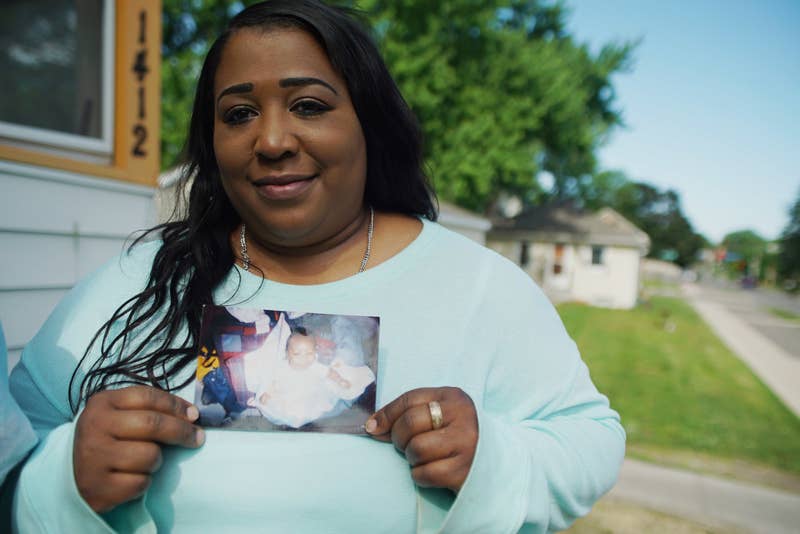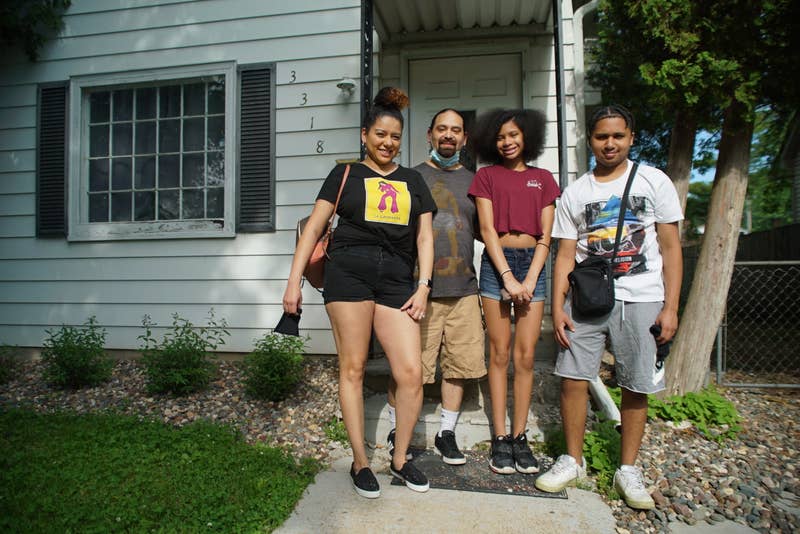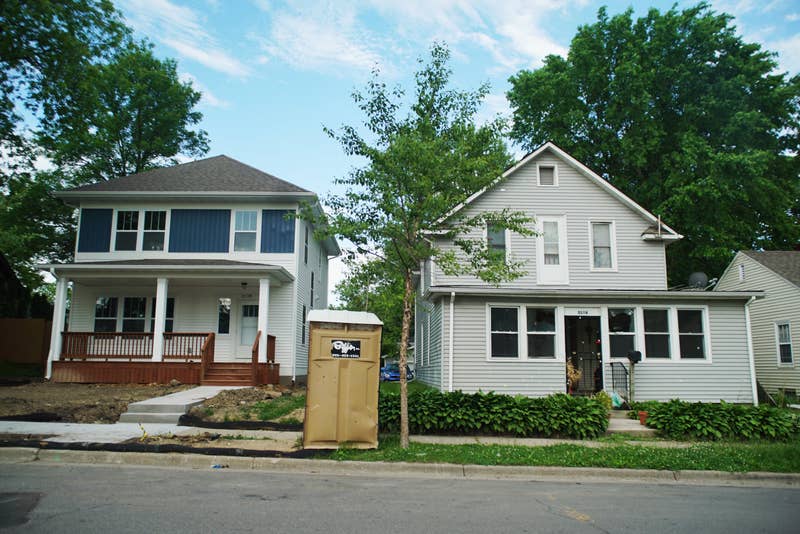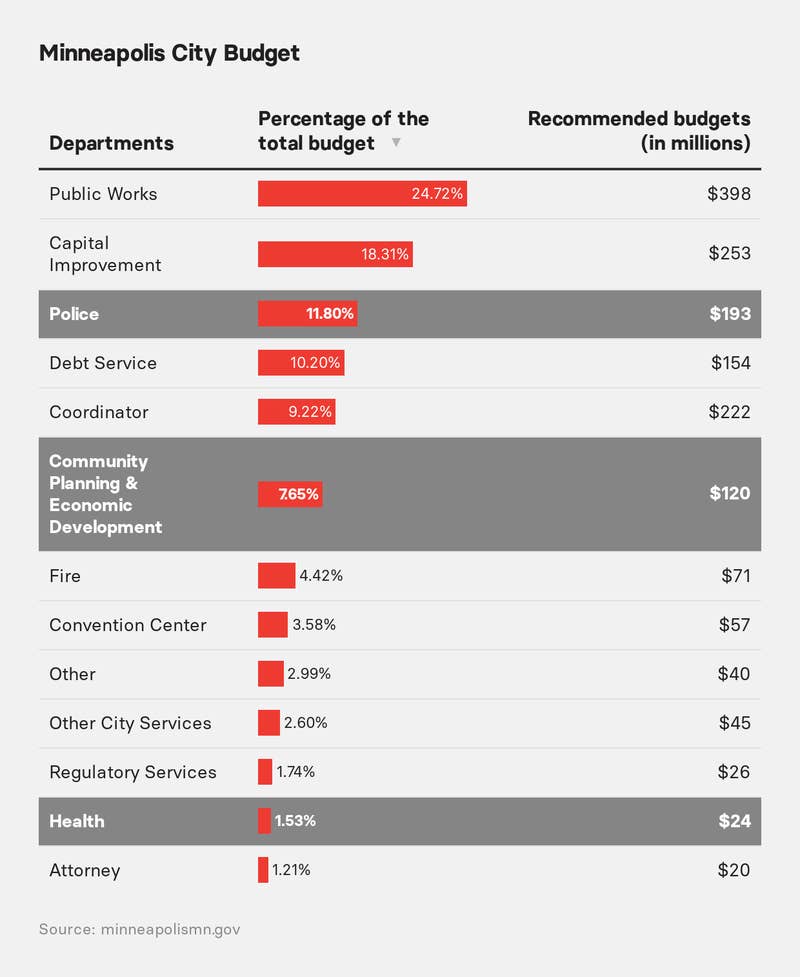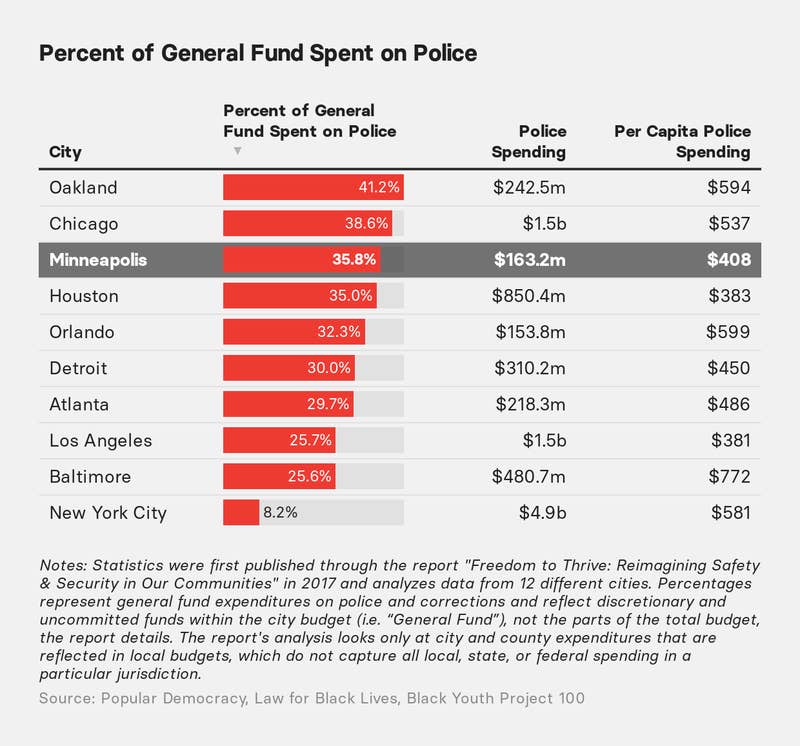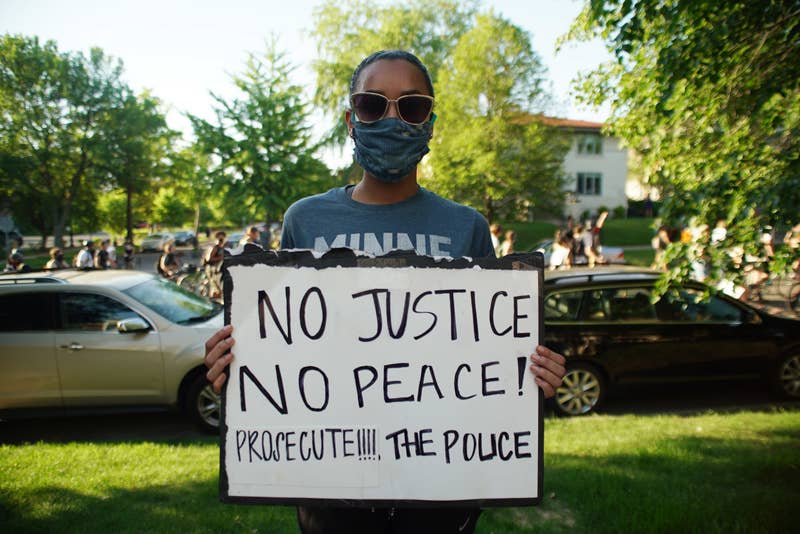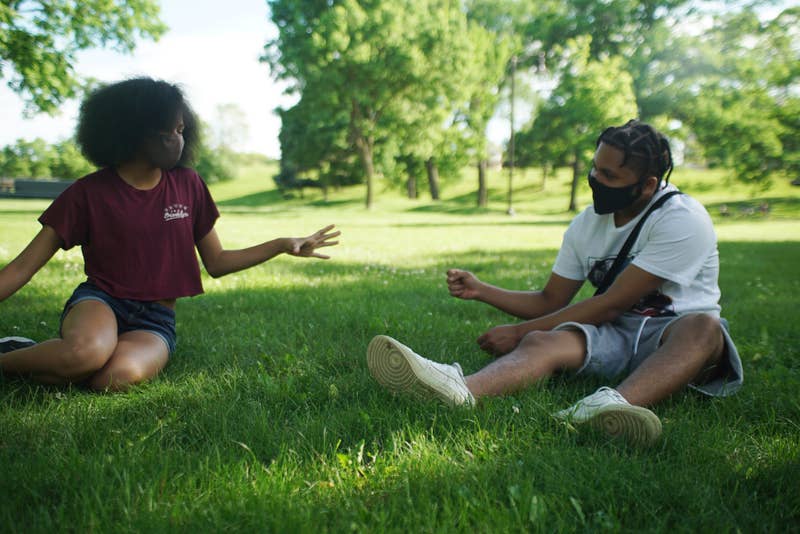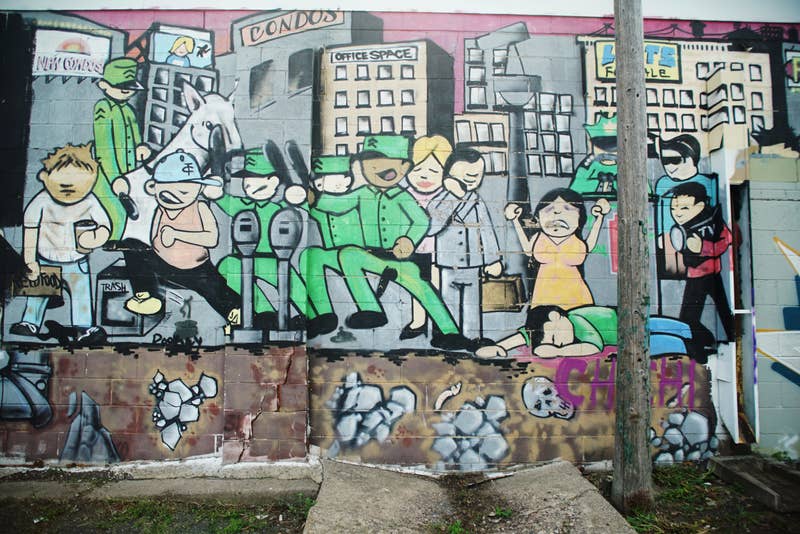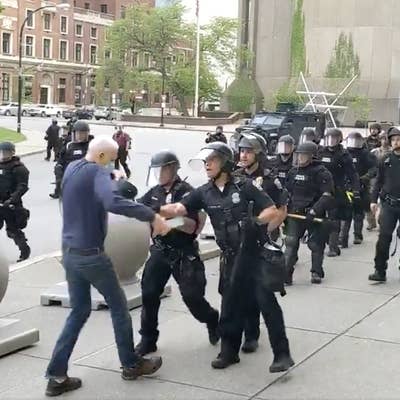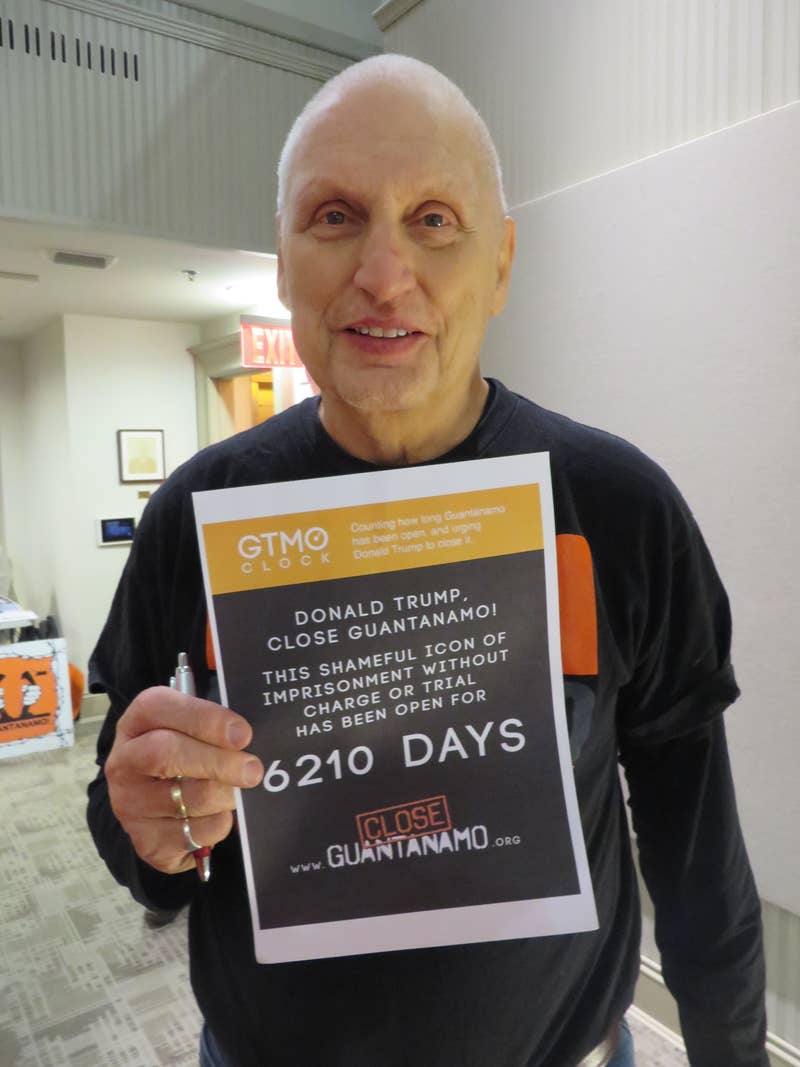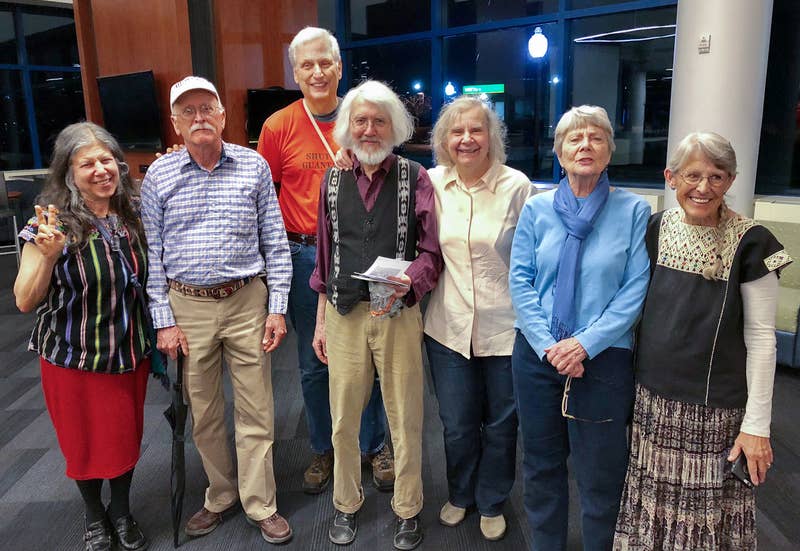A Cambodian woman who makes bags for brands like Michael Kors and Kate Spade was jailed for two months after expressing her fears about the coronavirus.
Nishita Jha BuzzFeed News Reporter
Reporting From New Delhi
Posted on June 10, 2020

Courtesy Soy Sros
Soy Sros
“I’m sorry if I seem distracted, I’m not fully myself yet,” Soy Sros said, pushing sweaty brown bangs off her forehead.
It had been less than a day since Soy was released from prison, where she was crammed into a tiny cell with 72 other women and children, without masks, hand sanitizers, proper food, or even any room to lie down. The prison was all she’d known for nearly two months. Now, she was sitting on a plastic chair in an empty office, staring at a laptop and hoping her story would reach Michael Kors, the 60-year-old billionaire and darling of the fashion world.
“I am not afraid,” she said, speaking clearly and directly, her chin raised to the camera. “I will go back to work. I’m looking forward to it.”
Soy, a Cambodian woman who makes bags for international fashion brands like Michael Kors and Kate Spade, worked at the Superl factory in the country’s Kampong Speu province. On April 4, Soy was sent to prison for a Facebook post in which she wrote about her concerns that workers from her factory would be laid off in the midst of the coronavirus pandemic.
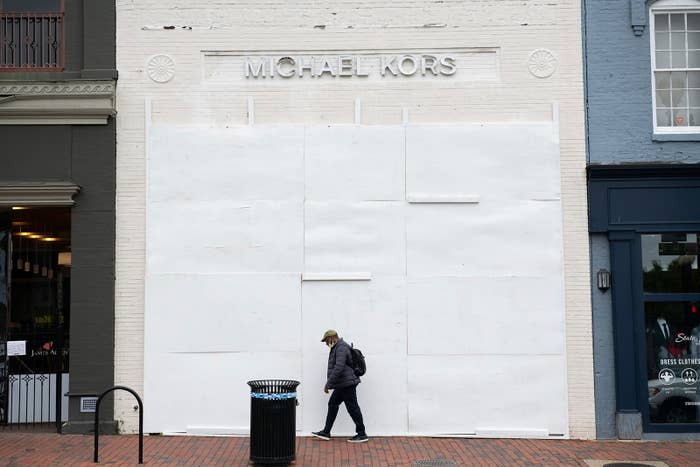
Graeme Sloan / Sipa USA via AP
A boarded-up Michael Kors store in Washington, DC.
Depending on who you are and which part of the world you live, venting on social media has either become a seamless part of your life or something that could endanger it and everything you love. The day after she complained about her employers on Facebook, the 30-year-old single mother received a summons to the supervisor’s office at Superl. The note said someone at the office wanted to meet her. When she got there, Soy said the supervisor presented her with a document that included a warning and an admission — by signing it with her thumbprint, Soy would admit she had made a mistake, and that, if she were to do so again, the factory would start a disciplinary process against her. BuzzFeed News has seen a copy of the letter Soy was asked to sign by her employers at Superl.
She refused to sign the document and returned to her workstation, resuming gluing and sewing bag handles. Since the pandemic began, orders at the factory had slowed down, but there was still, always, more work for someone like her. At the end of her shift, Soy was summoned to the office again. This time, she said, the police were waiting. She was taken to an interrogation room, where she was quizzed by the police for more than 48 hours.
“There were several policemen in the interrogation room, and they asked me if I wanted attention, or to be famous, whether I was trying to incite somebody,” Soy said. “They called me names, offended my dignity as a woman.” Soon after that, Soy was thrown into the Kampong Speu prison.
Cambodia’s overcrowded prisons, some of which hold over 400 times more detainees than they were built for, have been described in a report by Amnesty International as a “ticking time bomb” for coronavirus cases.
Superl’s initial charges against Soy had claimed that she had posted fake news and defamed the factory. But the court that was looking into her case also charged her with two criminal offenses, relating to provocation and discrimination. If Soy were found guilty, she faced up to three years in prison and a fine of up to 6 million riels (approximately $1,500). Superl Factory did not respond to repeated requests for comment for this article.
When Soy spoke to BuzzFeed News, she had been temporarily released from the prison while her case was being argued in court. A week after she spoke, Superl agreed to withdraw the complaint against Soy, but the criminal charges invoked by the court against her could still stick. Despite requests by BuzzFeed News and labor rights organizations, Superl has not indicated whether Soy can return to work, when that might be, or whether it will pay her for the days of work she missed, or compensate her, as Soy wants, for “harm to her reputation.”
On the video call, before the factory dropped charges against her, Soy appeared gaunt and disturbed as she described her mental and physical state in prison. Over the course of two months, she said she had developed a persistent low-grade fever and frequently needed an IV drip and medicines. She also said she had barely eaten or slept in weeks because she was so anxious about her health, whether her children and mother would survive if something were to happen to her, and what the factory would do to the rest of the workers at Superl.
In April, the same month Soy was arrested, the CEO of Capri Holdings, the global fashion luxury group that owns the Michael Kors brand, as well as brands like Versace and Jimmy Choo, signed the UN Global Compact. This is a nonbinding pact to encourage businesses worldwide to adopt sustainable and socially responsible policies toward honoring human rights and labor.

Amnesty International@amnesty
We've received shocking footage from Cambodia, revealing the inhumane conditions inside one of its prisons. Such extreme overcrowding is a ticking time bomb for a #COVID19 outbreak. Cambodian authorities must immediately address this overcrowding crisis.09:09 AM - 10 Apr 2020
Reply Retweet Favorite
On its website, Capri Holdings mentions that nearly all Michael Kors products in the fiscal year 2019 were produced in Asia. The company’s webpage also includes its code of ethics, which it expects supply chain partners, like Superl, to follow. It includes things like respecting the “legal rights of employees to freely participate in worker organizations of their choice without harassment” (i.e., unionize), and zero tolerance policy for any partners who “employ any form of physical or mental coercion or punishment against workers.”
In prison, Soy’s days were a blur of sweat, bodies, hunger, and pain. The crowded cell meant the women could not all lie down at once, and when they slept, each woman’s head touched the feet of another person. The food was largely inedible and unhygienic.
While Cambodia has thus far reported zero deaths due to the coronavirus, Soy was concerned because several women in the cell were running persistent low-grade fevers like hers. She made friends; some of the women shared their medicines with her (each person was only allowed to take one pill a day) or fanned her when she was trying to sleep.
On April 14, when Cambodia celebrated the Khmer New Year, rumors circulated that several prisoners across the country would receive presidential pardons. Soy did not make much of this news until she learned that some men in Kampong Speu province, where she was held, had attempted to escape jail by feigning medical ailments when they learned they would not be pardoned. Through the “prison grapevine,” Soy said, she heard that the attempt was unsuccessful and that the men had been punished — while she would not say just what she saw and heard that day, Soy told union leaders she was “terrified.”
Unless they are unionized, workers like Soy, who are at one end of the supply chain, rarely know which brands they are making products for. This absence of transparency in the brands’ supply chains, according to labor rights activist Andrew Tillett-Saks, is one of the ways brands escape accountability for how factories treat their workers. “Brands hide behind these corporate structure nuances,” Tillett-Saks told BuzzFeed News over the phone from Myanmar, which along with Cambodia, Bangladesh, and India produces much of the world’s ready-made garments. “It’s important for the public to be reminded who is at either end of the supply chain and the vast gulf of inequality between them.”
Soy and her union, the Collective Union of Movement of Workers, knew the brands they were making bags for. Michael Kors has been a buyer from Superl’s factory in Cambodia since 2017, as shown on an international trade database. The factory also manufactures for Kate Spade (the brand now owned by Tapestry) as well as a few others. The leather tote bags and nylon backpacks made at the Superl factory where Soy works are shipped through Vung Tau, Vietnam and/or Kaohsiung in Taiwan; they arrive in the United States through the ports of Long Beach or Los Angeles in California or via Savannah, Georgia; Tacoma, Washington; and Newark, New Jersey.
This is why, soon after Soy’s arrest, CUMW members began writing to Capri Holdings and Michael Kors, as well as Kate Spade to call for her release. When they received no response, they looped in international labor watchdogs like Clean Clothes Campaign and IndustriAll Global Union for help.
“Brands have all the power to help us,” Pav Sina, a member of CUMW, said on a video call from the union’s office in Kampong Speu. “The factories will listen to them, but they have to listen to us first.”
On May 11 and again on May 28, the urgent appeals coordinator at Clean Clothes Campaign wrote to Krista McDonough, the chief sustainability officer at Capri Holdings, as well as Taryn Bird, the social impact director at Kate Spade. The watchdog reiterated CUMW’s demands to release Soy from prison. The letter, reviewed by BuzzFeed News, said:
“Following her arrest, Mrs Soy Sros’ family lost their income as she is the sole breadwinner. She is a widow and a mother of two underaged children. They are now taken care of by their grandmother. As per today, Mrs Soy Sros remains in jail. According to CUMW who visited Mrs. Soy Sros on May 8, 2020 her health is rapidly deteriorating and she now receives medical treatment.”
The CCC reminded the brands about the code of ethics listed on their websites, adding, “We assume [you have a] sincere interest in resolving this case as soon as possible. We urge you to take immediate action and will await your response.”
Neither Capri Holdings nor Kate Spade responded to the CCC nor the IndustriAll Global Union. They also did not respond to questions when contacted by BuzzFeed News for this article.
Soy’s arrest is part of a pattern that has plagued fashion brands since the pandemic began. As brands close outlets across North America and Europe, putting unsold stock from these stores on discount sales online, they are also canceling orders from their suppliers and reneging on payments. In the shadow of a looming economic crisis, supply chain partners for major brands across Asia have been accused of union-busting (getting rid of unionized workers who know their rights, or “troublemakers”) to eventually replace them with a younger, more desperate, or more subservient workforce. Garment industry experts say a huge reason manufacturers are able to get away with this: race.
“Apparel supply chains are based on an international division of labor that requires the labor of the global south to not only be cheap, but to be docile so as not to interrupt the legal looting of labor and resources that the global north depends on to maintain its lifestyle,” Thulsi Narayanasamy, senior labor researcher at the Business & Human Rights Resource Centre, told BuzzFeed News. “It’s clearly a racial division of labor because as we see more brands move to producing clothes in places like the USA and UK, it’s migrant workers or people of color that are working in the factories.”
Under Narayanasamy, the BHRRC has devised a COVID-19 tracker that monitors brands and their supply chain accountability during the pandemic. They publish the names of the factories that each company uses as well as each brand’s performance for a number of different indicators — including who is offering heavy discounts on their products and the impact this has on garment workers’ salaries around the world.
In June, Narayanasamy also reached out to Superl, warning the factory that local and international unions were calling on it to immediately withdraw the charges filed against Soy. Superl never wrote back.
“If 60 million garment workers worldwide don’t earn enough to feed themselves, while the brands they produce clothes for create billions in profit on the back of their labor, we need to consider whether profit in the apparel industry is effectively wages stolen from exploited women of color,” said Narayanasamy.
In 2015, Kors was chosen as a Global Ambassador Against Hunger for the UN World Food Programme. Soon after, the “Watch Hunger Stop” initiative took Kate Hudson to meet schoolchildren in Cambodia. In the video, a dressed-down Hudson serves food to brown kids, grows food in lush green fields, laughs with brown women, and looks joyful.
“I was so excited because I love Michael Kors so much,” she says. And after a few lines about the World Food Programme, Hudson says, “This whole experience has been so beautiful, so great [that] it makes me want to do more.”
View this video on YouTube Michael Kors/YouTube
Kate Hudson Visits Cambodia | Watch Hunger Stop
While philanthropic efforts like these are important, they can also be a way for big brands to get away with “optical allyship,” ensuring that their messages remain on-brand without a deeper reflection into what the actions of an ally could be — in this case, changing the ways they conduct business.
Last month, as the US erupted in protests against police violence and anti-Black racism, fashion brands have shared similar messages of solidarity with Black protesters.

Michael Kors@MichaelKors
05:47 PM - 31 May 2020
Reply Retweet Favorite
But according to Narayanasamy, who wrote in 2018 about H&M’s ad campaign featuring a Black boy in a hoodie reading “Coolest Monkey in the Jungle” (while his white counterpart sported one with the title “Survival Expert”), the fashion industry’s racism goes beyond whether campaigns include enough models of color, or how many Black and brown designers and executives a brand employs. Corporate diversity at the top does little to ensure that workers in Asia who perform the less visible and glamorous work of fashion — cutting, making, trimming, and, in Soy’s case, gluing and sewing bags — are treated ethically.
For the past month, Tillett-Saks’ work in Myanmar has focussed on another Western fashion brand, Vera Bradley. It sources its bags from a factory in the country, where six workers have been imprisoned after protesting over their working conditions. On June 4, Tillett-Saks tweeted at the brand in response to a message of solidarity with the Black community from the company’s CEO, Rob Wallstrom.

Andrew Tillett-Saks@AndrewTSaks
.@verabradley is literally refusing to drop charges against the black and brown workers who make its bags in jail for demanding Covid-19 safety measures, then tweet this nonsense. Peak BS corporate ‘anti-racism’. Should we boycott until they put their $ where their mouth is? https://t.co/doIDn4butY08:21 PM - 03 Jun 2020
Reply Retweet Favorite
.@verabradley is literally refusing to drop charges against the black and brown workers who make its bags in jail for demanding Covid-19 safety measures, then tweet this nonsense. Peak BS corporate ‘anti-racism’. Should we boycott until they put their $ where their mouth is?” Tillett-Saks wrote.
Tillett-Saks was referring to workers from a factory known as Blue Diamond, who said they’d been making bags for Vera Bradley. But when BuzzFeed News contacted Vera Bradley, a representative for the brand said it had never sourced bags from there.
“Blue Diamond is not part of Vera Bradley’s supply chain and never has been. The health and safety of our employees and those in the factories we use are of the utmost importance to Vera Bradley. We currently contract with three factories in Myanmar and they have been through a government health department audit to insure they had adequate controls in place for COVID-19 protection of its workers.”
But the address for the Blue Diamond factory is the same as another factory registered as Rong Son (Myanmar), which, according to import data, has been manufacturing bags for Vera Bradley as recently as 26 April. BuzzFeed News obtained photographs of the wallets workers said they made inside Rong Son (Myanmar)/Blue Diamond, which bear a label for the brand and whose barcode and product description match items sold by Vera Bradley. BuzzFeed News also obtained a copy of a Blue Diamond employee’s contract and their social security card — which names their employer as Rong Son (Myanmar).
Striking workers confirmed to BuzzFeed News that both factories were in the same compound, and that workers from Rong Son were moved to Blue Diamond at the beginning of this year. Zin Mar Khaing, a worker from Blue Diamond told BuzzFeed News: “Vera Bradley may try to just cut their orders from our factory when our dispute becomes public, but they need to stay and take responsibility for the situation they’ve helped create. We make their bags and their profits with our hands, they can’t just walk away as though it’s not their problem. We demand they stay and help correct this injustice.”
When presented with these details, the representative for Vera Bradley first asked for photographic evidence, then said that a team would look into the matter and respond once they had an update. “We want to ensure [these products] are genuine Vera Bradley products and not counterfeit,” said the spokesperson.
Tillet-Saks said public statements about racism and sexism from brands were “a shimmering facade that covers up the industry’s rotten foundation. This facade hides that the industry is built on treating Black and brown women workers as subhuman, with working and living conditions no brand owner would consider humane for themselves or even for workers in their home countries.”
At a moment when police violence against Black Americans is the most urgent issue in the US, Soy’s imprisonment is a reminder that racism does not end at the country’s border. It leaches into war, reproductive healthcare in impoverished nations, and work — including the way fashion supply chain workers are treated in countries thousands of miles away.

Nishita Jha is a global women's rights reporter for BuzzFeed News and is based in India.
.
